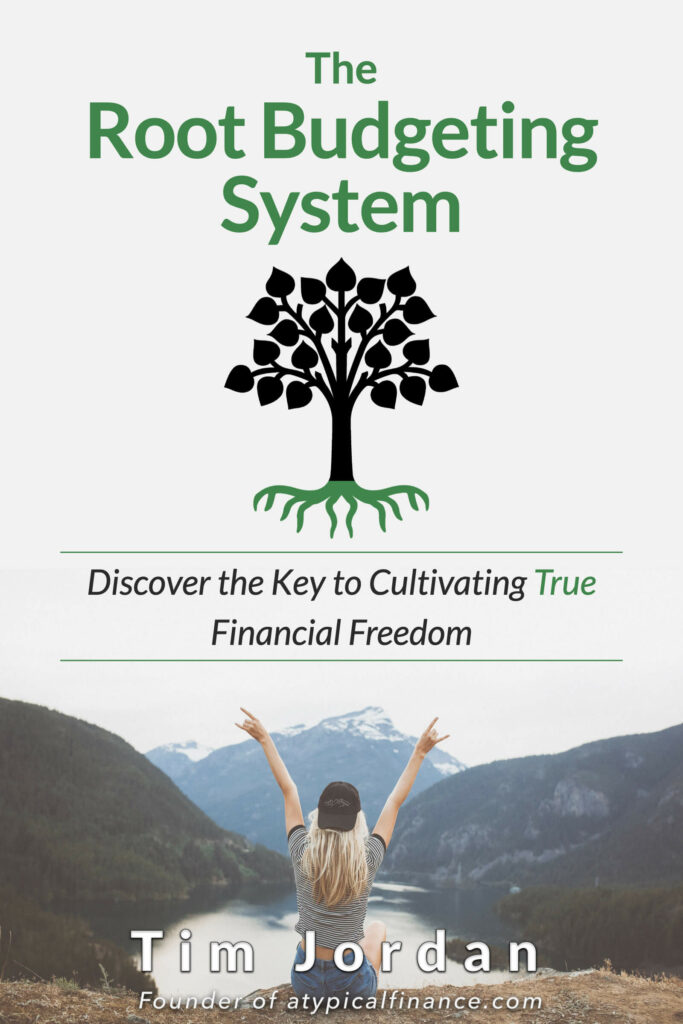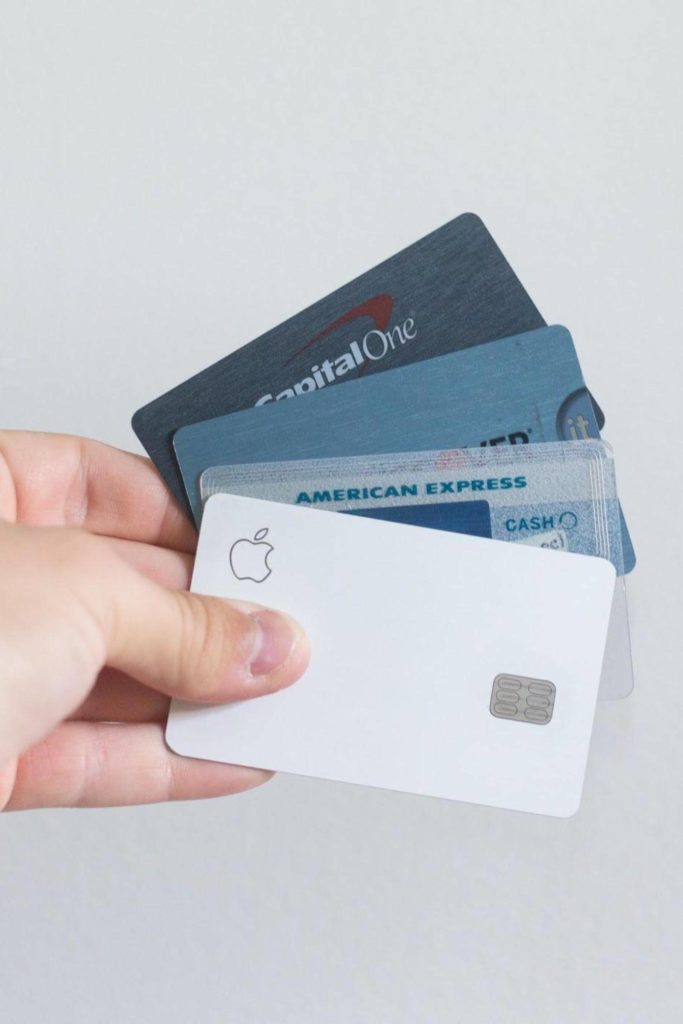Have you ever had to do something that you really didn’t want to do?
As kids, we were told what to do all the time. As teenagers, we have lingering thoughts of “I can’t wait until I’m older and can do what I want.” Then comes adulthood—and the bubble bursts.
When we’re adults, we still have to do things we don’t want to do all the time. It could be something as extreme as needing to go to work when we don’t want to or something like having to go grocery shopping because there is no food in the house.
Our finances, however, should be in our complete control.
How do you do that? How do you take back control of your finances so you are the one piloting the ship?
The best way to do that is to align your finances with your values.
Your values define who you are. They guide your life’s direction and what you find important.
By aligning your finances with who you are, you take control of your money and make it easy to keep control. You take back the steering wheel.
But how do you align your money with your values?
Here are three simple steps to get you there.
Step 1: Find Your Values
This will take a little bit of soul searching. What do you value? Do you value being able to give to the hungry?
When Tony Robbins was younger he started feeding two families in need for Thanksgiving. He would then double it each year.
Now, his foundation feeds a couple of million people every year. Feeding others was something he valued being able to do so he aligned his money to be able to do that.
If you want to hear that story from him yourself, you can view his phenomenal TED Talk.
Do you like to travel or want to someday? Perhaps you value being able to spend time with family.
You could also be the exact opposite and value the freedom of moving across the country from your family to have an entirely different experience.
Determine what you value and write it down. We’ll get to why in a second.
Your values will also show in the form of your goals. If you have a goal to be able to travel the world, naturally you value the freedom of travel.
Similarly, you may have a goal of being an entrepreneur someday and only having to answer to your customers rather than to someone above you.
This could mean you value freedom of time and being able to set your own schedule. It could also be the best way to fund other values such as being a car collector or starting a non-profit organization.
What do your goals look like? Where do you want to be in a year?
How about five years? Ten years?
Now, if you haven’t already, write down your goals and your values. Statistically, writing down goals will make it more likely you will achieve them.
They can also act as a map to give your ship the direction you need to manage your money.
Write it down to right your course.
Step 2: Spend Intentionally
Next up is spending, one of the most fun parts of managing your money! The best part about aligning your money with your values is that you can spend money on whatever you want.
Why? Simply put, you are spending money only on what you value. You are spending intentionally.
If you are spending money in a way that is intentional, the only thing that should limit you is how much you have to spend.
Now, spending intentionally looks different depending on if you’re looking at your needs or your wants. Let’s take a look at each area separately.
Needs
Let’s get this part out of the way first. In no way am I suggesting that you cut out basic needs in order to spend on what you value. However, within your needs, you can adjust your expenses to align with who you are.
For example, what you value can drastically affect where you want to live.
If you value being able to cook a nice meal and entertain guests frequently, a large kitchen in a bigger home may provide for that value.
If you value traveling or don’t need much at home, a smaller house or two-bedroom apartment might be better. It all depends on what you value.
Similarly, if you value having a nicer vehicle because you have a long drive to work every day, you can feel free to spend the money on it.
If you take public transportation and only care that your car is reliable enough to get you to the station and back, something much less expensive—or even having no car at all—might fit your needs better.
The same can be said of groceries or food in general. If you value healthy eating, leave yourself a little bit larger of a food budget.
If you like to eat at home and have simple meals, then you won’t need to spend as much on groceries.
Wants
Arguably the best side of the needs/wants coin, your wants can align with your values quite nicely.
You may value stopping for a latte on the way to work a couple of days a week. Nothing says—and no one should tell you—that you can’t spend money on it as long as you can afford it.
Do you value eating out once a week for lunch at work? You might have a lunch every Sunday as a way to see your family.
It’s ok to specifically set money aside and spend money on what you value guilt-free.
I say guilt-free because when you align your money with your values, you no longer should feel guilty about spending money.
I know a couple of guys that spend money on cars. They buy a car, add a bunch of aftermarket bells and whistles until they’re satisfied, and then enjoy the heck out of their car.
It’s definitely not a need but it’s a want that they value.
Some people question it and ask “Why would you spend money on something like that.” At the same time, the person asking might spend money on video games or a movie collection or Disney collectibles.
Everyone is different so what you value may not be the same as someone else.
And that’s exactly the point.
I once spent $1,200 on a rare Disney DVD collection. I don’t regret it one bit. So who am I to tell you what to spend your hard-earned money on?
Remember, there are only two things that should limit what you spend your money on—what you value, and how much you have to spend.
The Point of Intentional Spending
The point of intentional spending is to only spend money on what you value. No longer are you a slave to impulse purchases.
With each purchase, whether it’s a want or need, quickly ask yourself if it aligns with your values.
You might value minimalism but see something at the store you really want. Does it align? Will it just clutter up your home or is it something you’ll value a few months down the line?
Especially with wants, it can be easy to get caught up in what’s new and shiny and take away from your goals.
I have a goal of continuing to grow my company and that comes with some significant financial risk. I would also love to have a new car, but examining my situation, I don’t need one at all.
Even before COVID-19, I would really only drive to the train station and back. The farthest place I drive to is about 45 minutes away and I go there maybe every couple of months.
My car is also paid off. If I were to take on a car payment, it may limit how fast I can grow my company because my monthly expenses would be significantly higher.
The same exact situation could apply to early retirement as well.
Buying a new car and going into debt $30,000 could push back your early retirement timeline years if you count the opportunity cost of the interest you’d be losing by not investing that $30,000.
Spending intentionally involves being aware of your values and making a conscious decision to only spend on what you value whether it’s a want or need.
Everything else can get cut out, which leads us to step three.
Step 3: Cut ALL Expenses That Don’t Align
As I mentioned above, the two things that will limit what you can spend money on is what you value and how much you have to spend.
How do you get more money to intentionally spend on what you value?
You cut out what you don’t value, of course!
Take a look at your current budget as well as what you have spent your money on over the course of the past three months. Is there anything in there that doesn’t align with who you are?
If you’re the type of person I mentioned above that wants to have a big kitchen to cook for and entertain guests, you might determine that you spent too much on eating out last month.
Cutting back on eating out and cooking at home will not only help you save money for that larger home, but it will allow you to practice your cooking craft for when you are entertaining guests.
Are there any expenses that you can either cut out or lower in order to better align with your values?
Can you renegotiate your internet bill or your insurance premiums to allow for more spending or saving?
If you don’t value having a movie theater experience, an entertainment budget could be lowered and used to rent movies after they are available digitally.
Your local library may also have some movies there that you can rent for free!
Cut out all your expenses that don’t align to free up money that can be used for spending on what you do value.
A Word on Retirement
Some of you younger folks may be thinking “I don’t really care about retirement at the moment so I can cut out saving for that.”
If that’s you, I would strongly reconsider that line of thinking.
I can guarantee you that you will want to retire sooner or later and not work until the day you die—and you’re going to want to do it with some money.
Simply put, retiring someday should be something we all value. Our time on earth is finite and you’re not going to want to be working for all of it.
That being said, there is no greater ally to saving for retirement than time.
Compound interest is a powerful tool that depends on time. The sooner you start saving for retirement, either the sooner you can retire, or the more money you will have for retirement.
I also think a healthy balance is necessary for most people.
There is no way you should be living in poverty now in order to enjoy retirement later. At the same time, you don’t want to only be living for today and neglecting your future.
This balance is easier achieved by aligning your money with your values.
If you are only spending money on what you value, your spending will leave you fulfilled while also leaving more money to be able to save for your future retirement and goals.
The Root Budgeting System
If you want to dig deeper into this, my new book, The Root Budgeting System, teaches you exactly how to find your values and apply them to your budget.
Not only that, but it will also take you through the foundational aspects of budgeting, the three pillars of budgeting, and more ways to make it your own so you will naturally stick with it.
The Root Budgeting System is a budgeting method I created that is designed to show you how to run your budget in a way that works for you.
You’re not creating your budget exactly like mine or Dave Ramsey’s or some blogger down the street. You are creating a budget that is going to work with you and grow with you so you can stop worrying about your money.
It’s releasing next month and you can sign up here for updates.
Find your values and write them down, spend money intentionally on what you value, and cut everything else out. Your money goals will seem more within reach, and it’ll be a lot easier to manage your money.


















